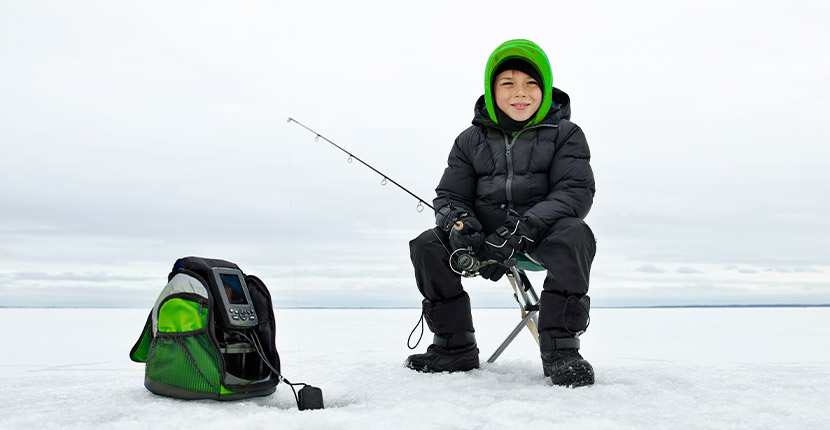How Do Lithium Iron Phosphate Batteries Perform in Cold Weather?
- by Bryan Veldboom - updated on 11/17/2021

We've discussed the differences between lithium iron phosphate (LiFePO4) and sealed lead acid batteries (SLA) in a previous blog. In general, a lithium iron phosphate option will outperform an equivalent SLA battery. They operate longer, recharge faster and have much longer lifespans than SLA batteries. But how do these two compare when exposed to cold weather?
How Does Cold Affect Lithium Iron Phosphate Batteries?
Cold temperatures slow down the chemical reactions that take place inside batteries, hampering their performance and reducing their discharge capacity. This means that the maximum amount of energy that the battery gives off will drop in lower temperatures. This is true of all batteries across the board.
So, how do LiFePO4 batteries compare to SLA options in cold environments? LiFePO4 batteries perform better than SLA batteries in the cold, with a higher discharge capacity in low temperatures. At 0°F, lithium discharges at 70% of its normal rated capacity, while at the same temperature, an SLA will only discharge at 45% capacity.
What are the Temperature Limits for a Lithium Iron Phosphate Battery?
All batteries are manufactured to operate in a particular temperature range. On the lithium side, we'll use our X2Power lithium batteries as an example. These batteries are built to perform between the temperatures of -4°F and 140°F. A standard SLA battery temperature range falls between 5°F and 140°F. Lithium batteries will outperform SLA batteries within this temperature range.
What are Some LiFePO4 Low Temperature Charging Tips?
Lithium iron phosphate batteries do face one major disadvantage in cold weather; they can't be charged at freezing temperatures. You should never attempt to charge a LiFePO4 battery if the temperature is below 32°F. Doing so can cause lithium plating, a process that lowers your battery's capacity and can cause short circuits, damaging it irreparably.
In order to charge a LiFePO4 battery in below-freezing conditions, you need to raise its temperature first. The easiest way to do this is to simply move the battery to a warmer environment. You can also try wrapping the battery in a thermal blanket, or placing it near a small space heater.
What are Some LiFePO4 Battery Storage Tips?
When storing a LiFePO4 battery for a short period of time, be sure that it has a state of charge that is 50% or higher. For longer periods of time (such as a full season) you should charge your lithium battery up to 100% before storing it. You should also always store a LiFePO4 battery indoors at room temperature.
Trust the Experts at Batteries Plus
One thing to keep in mind, LiFePO4 batteries cost more upfront than SLA batteries. Depending on your power needs, an SLA battery may be the more economical choice. Questions? The experts at your local Batteries Plus will be happy to help you find the right battery solution. Stop in and discuss your needs in person at one of our 700 locations. Or, shop our online selection of SLA batteries and Power Sonic lithium iron phosphate batteries (available in 100Ah and 125Ah versions).